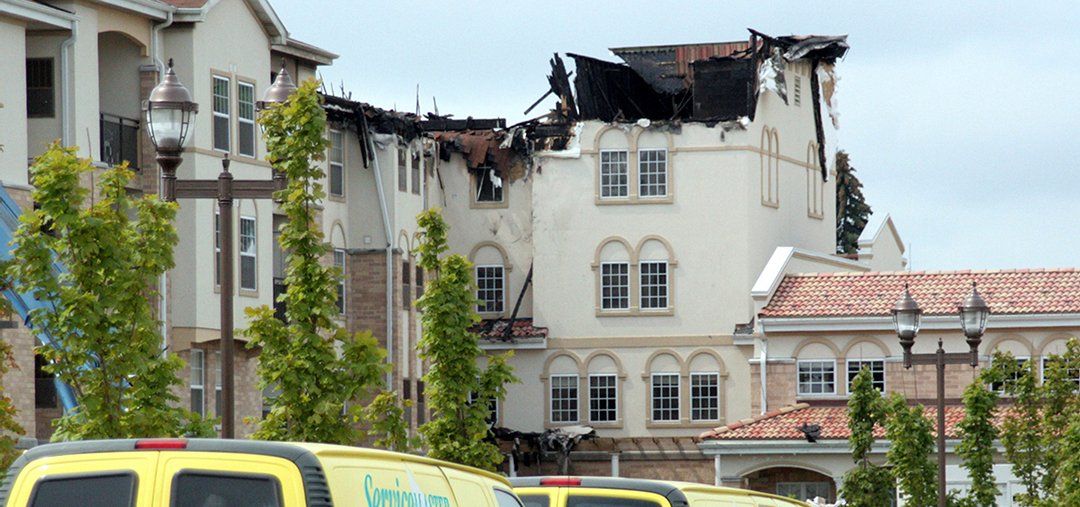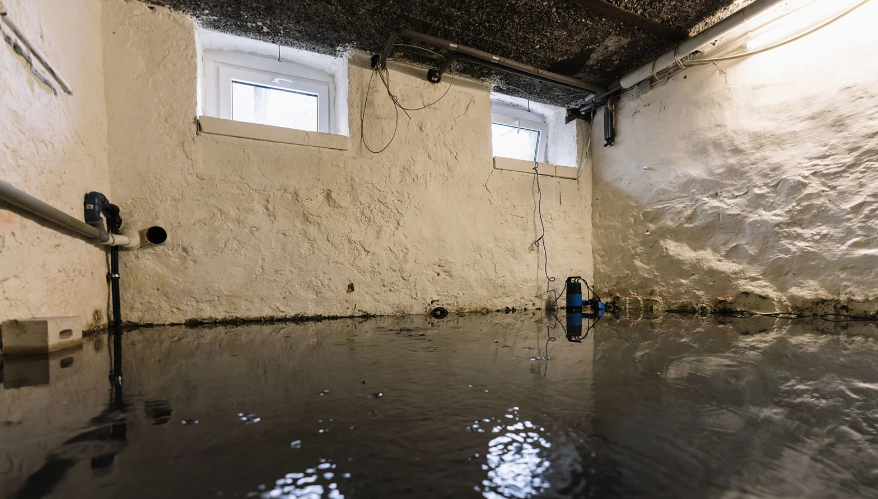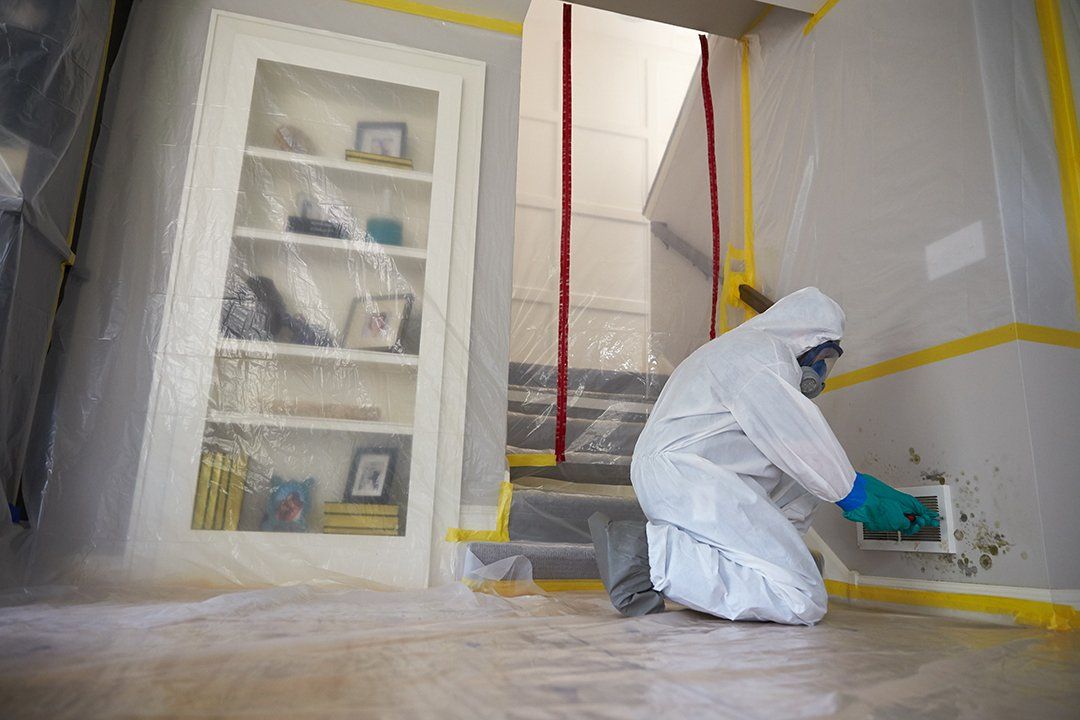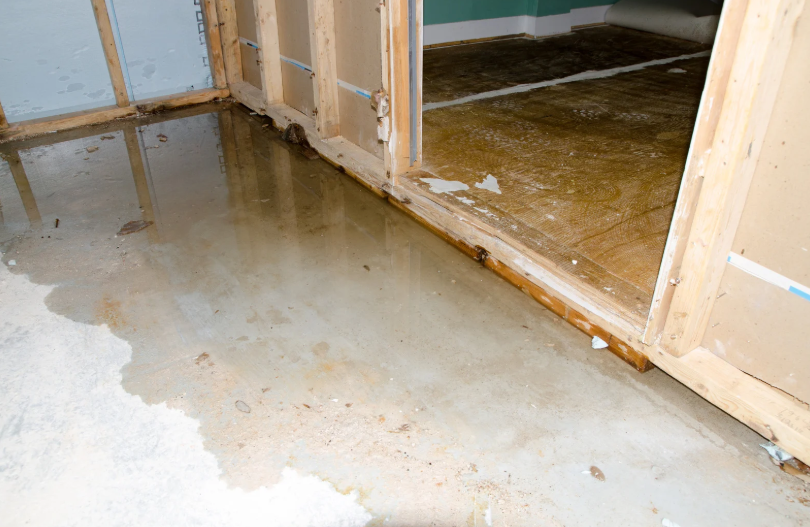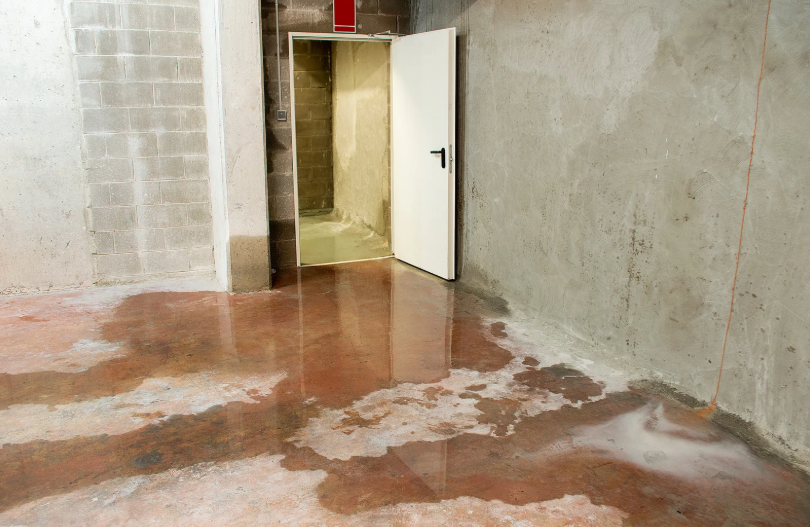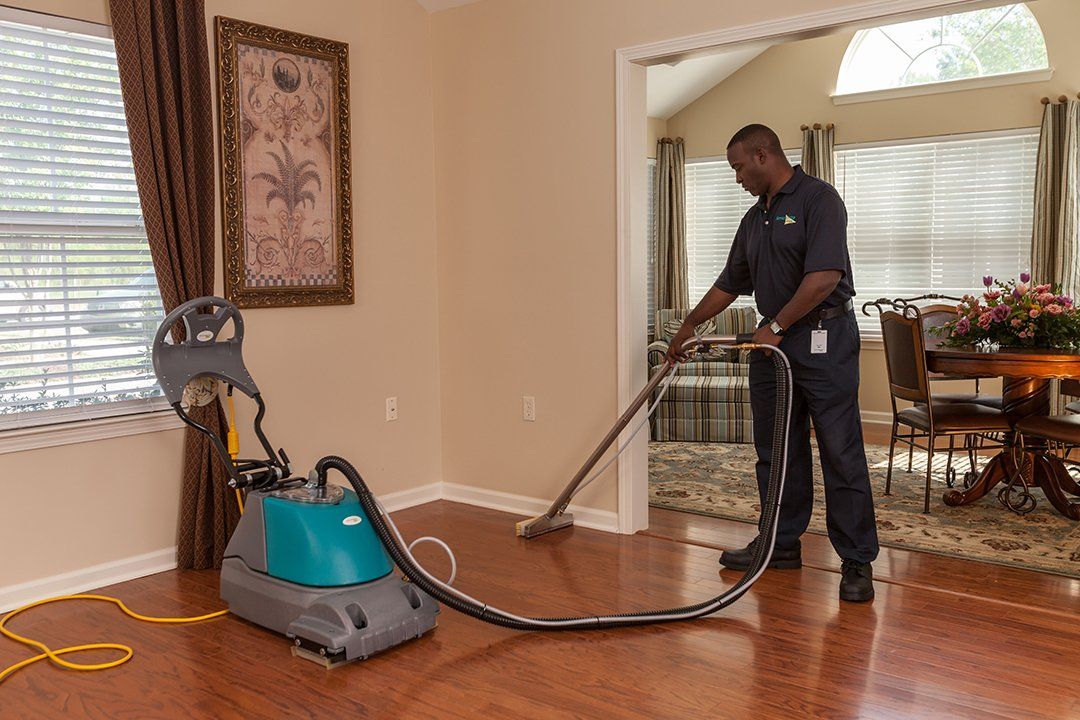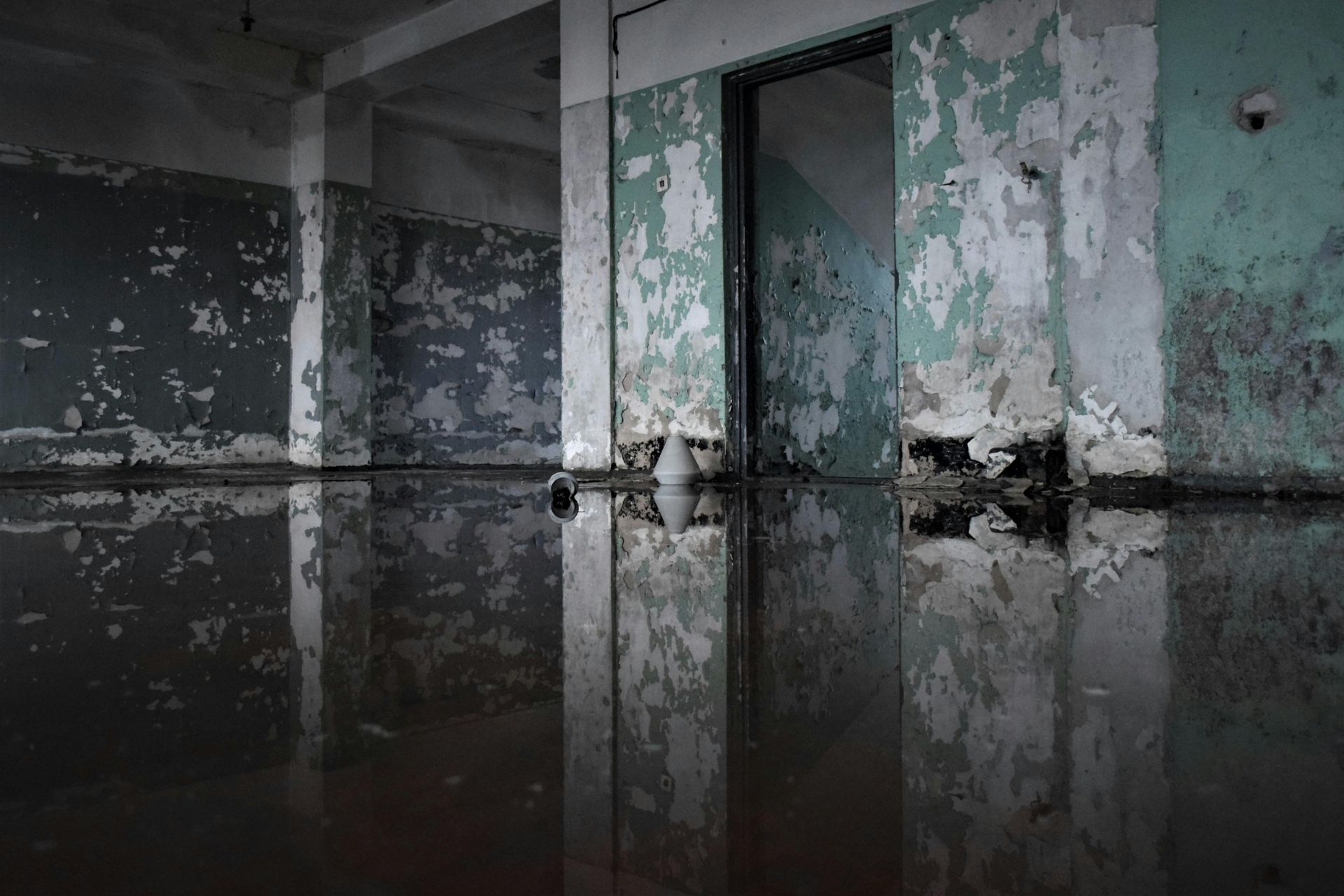Navigating Insurance Claims for Fire Damage and the Process
Fires are one of the most devastating events a homeowner or business owner can experience. The aftermath of a fire can be overwhelming, with property damage, emotional distress, and the complexities of rebuilding. One crucial aspect of recovery is filing an insurance claim for fire damage, which is often a complicated and time-consuming process. To ensure you receive the compensation you’re entitled to, it’s important to understand the steps involved and how to navigate the intricacies of filing a fire damage claim.
In this article, we’ll break down the process of filing an insurance claim for fire damage, offer tips on how to handle the challenges along the way, and provide guidance on maximizing your claim. Whether you're dealing with home or commercial property damage, these steps will help you through the process and increase your chances of securing a fair payout.
1. Understand Your Insurance Policy
The first step in filing a fire damage claim is to thoroughly understand your insurance policy. Insurance policies are filled with technical language and exclusions that may seem overwhelming, but it’s important to know what’s covered and what isn’t. Many policies offer coverage for both structural damage and personal property loss caused by fire, but there can be differences depending on the policy type and the insurance company.
Carefully review the following aspects of your policy:
- Dwelling Coverage: This covers the physical structure of your home or business.
- Personal Property Coverage: This compensates you for damaged or destroyed personal belongings.
- Additional Living Expenses (ALE): If your home is uninhabitable after the fire, ALE covers your temporary living expenses, including hotel stays and meals.
- Exclusions: Be aware of any exclusions in your policy, such as certain natural disasters or fire caused by negligence.
Understanding your policy’s terms will help you set realistic expectations and guide the claims process. If anything is unclear, don't hesitate to contact your insurance company or agent for clarification.
2. Contact Your Insurance Company Immediately
After ensuring everyone’s safety and reporting the fire to the authorities, your next step is to contact your insurance company. Promptly notify your insurer about the fire damage so that they can begin processing your claim. Insurance policies typically require that claims be filed within a certain time frame after the event, so it’s important not to delay.
When contacting your insurance company, be prepared to provide the following information:
- The date and time of the fire.
- A description of how the fire occurred (if known).
- A list of any immediate damages and any hazards caused by the fire.
- Your policy number and personal information.
Request the contact details of the claims adjuster who will be handling your case. This person will be your main point of contact throughout the process and will guide you on the next steps.
3. Document the Fire Damage
One of the most important aspects of filing a fire damage claim is properly documenting the damage. This documentation will serve as evidence for your claim and help the claims adjuster determine the amount of compensation you are entitled to. The more thorough and detailed your documentation, the better the chance of receiving a fair settlement.
Take the following steps to document the damage:
- Take Photographs and Videos: Capture detailed photos and videos of the damaged property, both inside and outside the building. Make sure to record any structural damage, as well as damage to personal belongings.
- Make a List of Damaged Items: If personal belongings are damaged, create a list that includes descriptions, quantities, and approximate values. Include receipts or proof of purchase for high-value items, such as electronics, jewelry, or furniture.
- Record Any Temporary Repairs: If you need to make temporary repairs to prevent further damage (such as boarding up windows or securing a leaking roof), keep receipts for any materials purchased.
- Hire a Professional: If possible, consider hiring a fire damage restoration company to assess the damage. These professionals can provide detailed reports on the extent of the damage and offer valuable insight into the necessary repairs.
When documenting fire damage, avoid making any repairs until you have received approval from your insurance company. You want to ensure that all damage is accounted for before making permanent fixes.
4. Work with a Claims Adjuster
Once your insurance company is notified, a claims adjuster will be assigned to your case. The adjuster’s role is to evaluate the extent of the damage and determine the amount of compensation you are eligible to receive. This process can take time, as the adjuster may need to visit the property, assess the damage, and consult with experts in fire restoration.
Be prepared for the following during the adjuster’s visit:
- Inspection of the Damage: The adjuster will inspect the fire damage and may take their own photographs and notes.
- Review of Documentation: The adjuster will review the documentation you’ve provided, including photos, videos, and the list of damaged items.
- Evaluation of Repair Costs: They may provide an estimate for repair costs or consult with contractors to assess the damage.
Remember, the insurance company’s adjuster works for the insurer, not for you. While they will provide an objective assessment, you should be cautious of any undervaluation or denials. It’s often helpful to have a public adjuster or fire damage lawyer review the adjuster’s findings to ensure they’re fair.
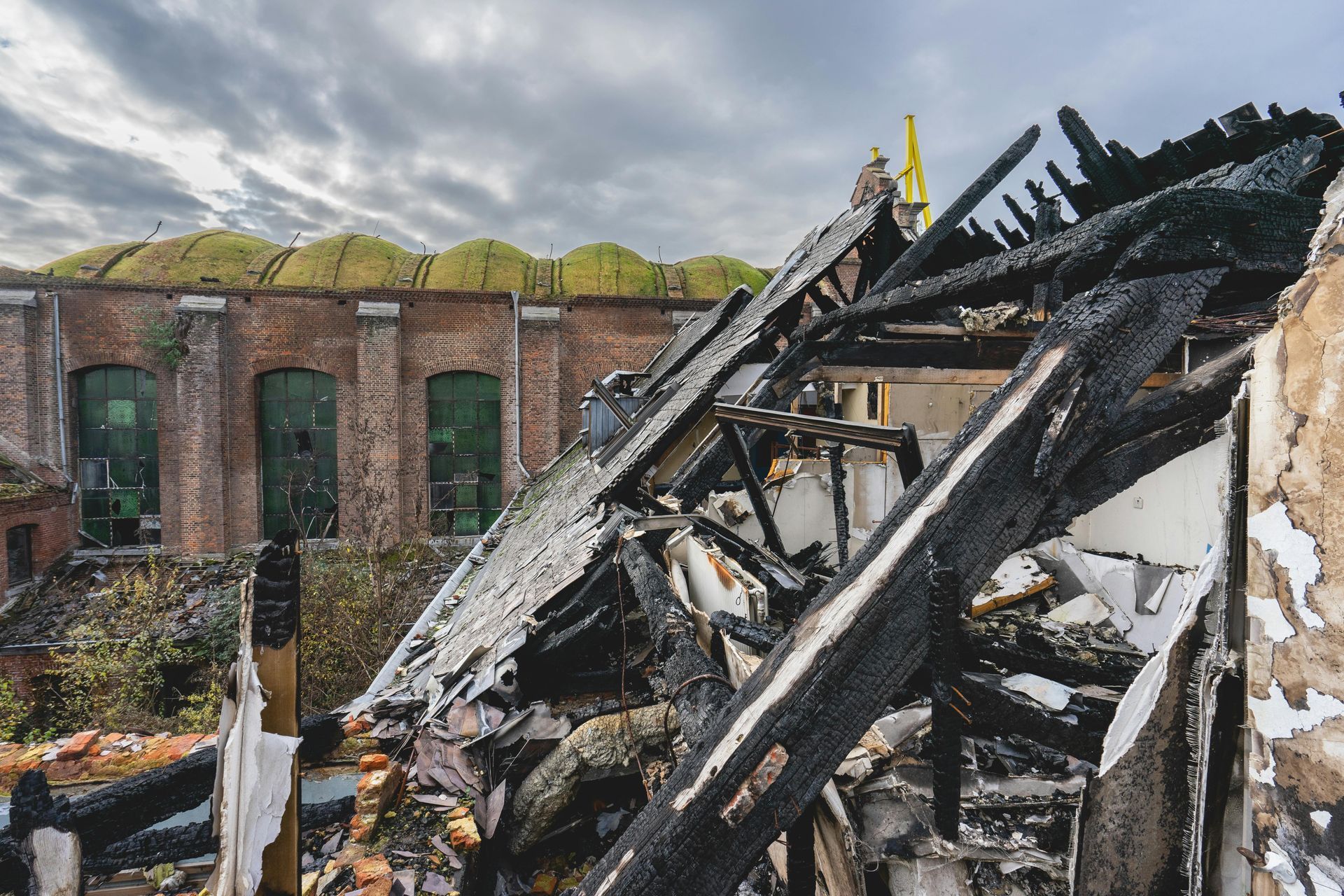
5. Be Prepared for an Offer
After the adjuster completes their assessment, the insurance company will make an offer to settle your claim. This offer will be based on the adjuster’s evaluation of the damage and the policy coverage. However, don’t assume that the first offer will be the final or fairest one.
Insurance companies often start with a low offer, hoping that policyholders will accept it without question. You have the right to negotiate and appeal the offer if it doesn’t fully cover the extent of your fire damage.
Here’s how to handle the offer:
- Review the Offer Carefully: Examine the terms of the offer, ensuring that all aspects of the damage are addressed and that you’re receiving the full compensation for repairs and replacement of damaged property.
- Negotiate if Necessary: If you feel the offer is insufficient, you can present additional documentation or get a second opinion from a contractor or restoration expert. This may help substantiate your claim and increase your settlement offer.
- Consider Legal Assistance: If negotiations stall or you receive an unfair offer, it may be time to consult with an attorney who specializes in fire damage claims. Legal professionals can help you advocate for a fair settlement and ensure that your rights are protected.
6. Understand the Payment Process
Once you’ve reached an agreement with your insurer, the next step is receiving the payment for the fire damage. The insurer may issue a check for the amount of coverage, less any deductible specified in your policy.
Payments are typically made in one of two ways:
- Actual Cash Value (ACV): If your policy includes ACV coverage, the insurer will pay the current market value of your property, factoring in depreciation.
- Replacement Cost Value (RCV): If your policy covers RCV, the insurer will pay to replace your damaged property with new items, without factoring in depreciation.
If the fire damage involves significant structural repairs, the insurance company may make payments in stages. The initial payment may cover temporary repairs or debris removal, while further payments will be made as repairs progress.
7. Consider Additional Legal Assistance
In some cases, fire damage claims can become complicated, especially when dealing with underpaid settlements, denied claims, or disputes over the cause of the fire. If you find yourself in such a situation, it’s essential to seek additional legal assistance.
A fire damage attorney can:
- Help you interpret complex policy language.
- Guide you through the negotiation process.
- Represent you in court if your claim is disputed or denied.
- Advocate for a fair settlement if the insurer is not acting in good faith.
8. Follow Through with Repairs
After receiving your insurance settlement, it’s time to begin repairs and rebuilding your property. Be sure to work with licensed contractors and fire restoration professionals to ensure the repairs meet safety codes and industry standards. Keep your insurer updated on the progress of repairs, especially if additional damage is discovered during the rebuilding process.
Conclusion
Filing an insurance claim for fire damage can be a complex process, but understanding the necessary steps will help you secure the compensation you need to recover. From thoroughly understanding your insurance policy to documenting the damage, negotiating offers, and seeking legal assistance when necessary, taking a proactive approach will ensure you’re in the best position to receive a fair settlement.
If you’re dealing with fire damage and need expert legal guidance, ServiceMaster Restoration Services in Lisle, Illinois is here to help. Contact us at (630) 241-1111 for support throughout the insurance claims process and beyond. Let us help you get the compensation you deserve for the losses you’ve sustained.
Blog
